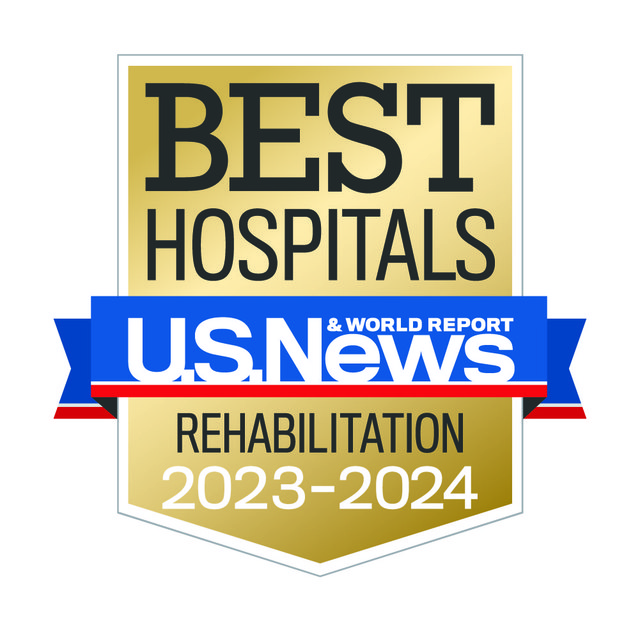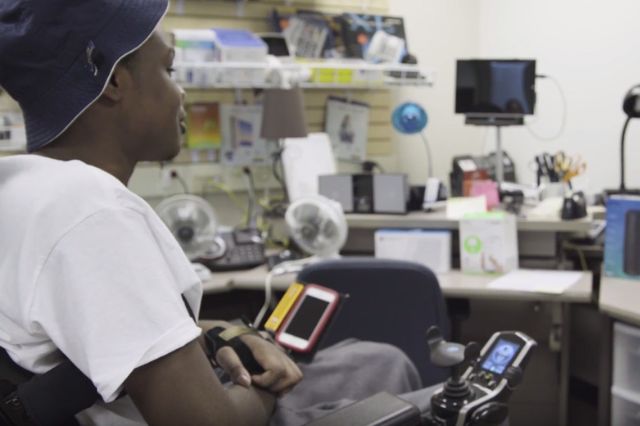Treatment for Stroke and Therapy Options
There are several treatment options for stroke, depending on the cause of your stroke. Emergency treatment for strokes depends on whether you're having an ischemic stroke blocking an artery — the most common kind — or a hemorrhagic stroke that involves bleeding into the brain. If you are having a stroke or stroke-like symptoms, it’s important to seek immediate treatment.
Care for stroke patients begins as soon as emergency medical services arrive to transport you or your loved one to the hospital. Treatment continues in the emergency department, as well as in inpatient or outpatient programs designed to treat side effects of stroke and provide post-stroke therapy. It is important for stroke survivors to work directly with rehabilitation specialists to receive appropriate treatment after a stroke.
Stroke Treatment Options
Stroke survivors have complex and unique rehabilitation needs. Because stroke therapy may look different for each person, it’s important to plan individualized, person-centered care for stroke patients based on their health and recovery goals. Specialists may design a rehabilitation plan for ischemic stroke treatment or hemorrhagic stroke treatment.
Treatment for an Ischemic Stroke
Tissue Plasminogen Activator (tPA) Injection
Considered the gold standard for ischemic stroke treatment, a tissue plasminogen activator injection (tPA) is given through the arm's vein. It restores blood flow by dissolving the blood clot, causing an ischemic stroke. Ideally, this post-stroke therapy drug is given within three hours after stroke symptoms begin — in some cases, 4.5 hours.
Endovascular Procedures
Depending on the severity, sometimes ischemic strokes need to be treated directly inside the blocked blood vessel. Recent extensive studies have shown that endovascular therapy can be the most effective stroke treatment, depending on the location of the clot and other factors. Doctors care for stroke patients using the following forms of endovascular procedures:
- Catheter tPA delivery to the brain
- Clot removal with stent retriever
Treatment for a Hemorrhagic Stroke
Surgical Treatment
Surgery may be used to repair blood vessel abnormalities associated with hemorrhagic strokes. One of these procedures may be recommended after a stroke — or if an aneurysm, arteriovenous malformation (AVM), or other type of vascular malformation caused your hemorrhagic stroke:
- Surgical clipping to stop blood flow to an aneurysm
- Coiling (endovascular embolization)
- Surgical AVM removal to lower the risk of rupture and hemorrhagic stroke
- Stereotactic radiosurgery is a minimally invasive treatment to repair vascular malformations
Endovascular Procedures
Endovascular procedures can treat some hemorrhagic strokes similarly to how the method is used for an ischemic stroke. These stroke treatment procedures are far less invasive than surgical procedures.




